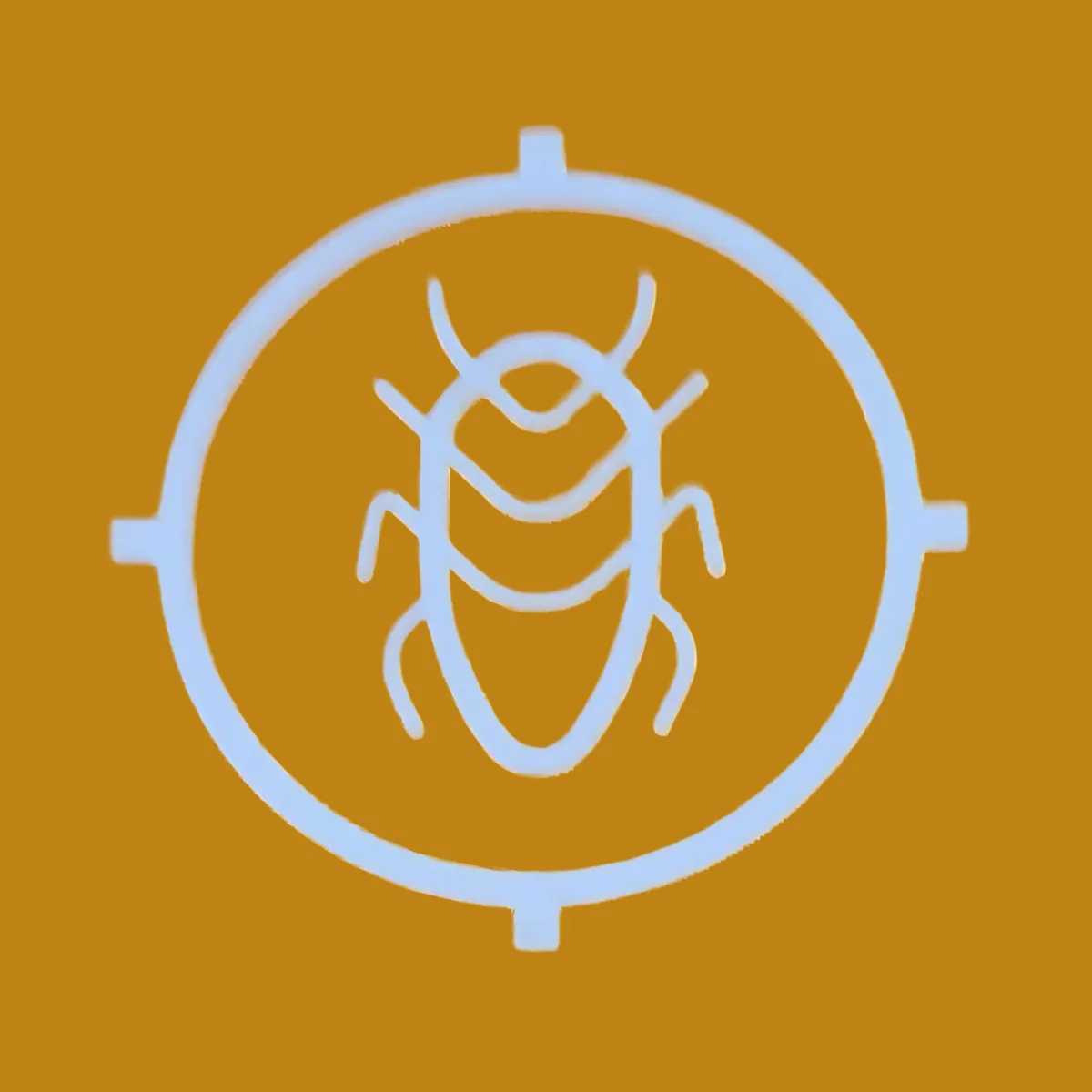
The Ottawa Pest Control Journal
Educational insights into how to keep your Ottawa home or business pest free

A Spooky-Free Season: Halloween Pest Prevention Tips
Keep Candy Secure and Crumbs Off the Floor
Halloween is a sweet time of year, but those sugary treats don’t just tempt kids—they also attract ants, cockroaches, and rodents eager to sneak into your home. To avoid turning your house into a pest buffet, take these simple but essential steps to protect your candy and keep your space clean.
Here’s how to stay pest-free while enjoying your treats:
1. Store candy in pest-proof containers
Use airtight plastic or glass containers instead of open bowls, especially overnight or when you’re away.
Avoid leaving candy bags on countertops or near entryways, where pests can easily detect and access them.
2. Clean up candy crumbs and sticky spills immediately
Sweep high-traffic areas like entryways, living rooms, and dining rooms at least once a day during Halloween week.
Vacuum under furniture, rugs, and around candy bowls to eliminate hidden crumbs.
Wipe down sticky surfaces like tabletops, countertops, and doorknobs to remove sugary residue.
3. Take out the trash regularly
Empty indoor trash cans daily, especially those in the kitchen and near candy distribution zones.
Use trash bags with tight seals and lids to contain odors and prevent pest access.
If you host a party or hand out candy, consider taking out the trash multiple times a day.
4.Set a candy boundary for kids and guests
Encourage eating candy in designated areas (like the kitchen or dining room) instead of bedrooms or couches.
Keep snacks off carpets and upholstery, which are harder to clean and more likely to harbor crumbs.
Inspect Outdoor Decorations Before Bringing Them Inside
Outdoor Halloween décor helps set the spooky scene—but after days or weeks exposed to the elements, they can become unexpected hiding spots for pests like spiders, earwigs, beetles, and even rodents. Bringing them indoors without checking can unintentionally invite these critters into your living space.
Follow these steps to ensure your festive decorations don’t come with creepy-crawly surprises:
1. Shake out and inspect all outdoor décor before storing
Gently shake out scarecrows, faux cobwebs, hanging ghosts, and fabric costumes to remove clinging insects or webs.
Pay special attention to soft materials, which pests often use for shelter.
Examine the underside and crevices of items like jack-o-lantern buckets or tombstone props where bugs can hide.
2. Clean and dry decorations before storage
Wipe down hard plastic or wood decorations with a damp cloth to remove dirt, sap, or insect residue.
Ensure all items are completely dry before storage to prevent mold, mildew, and moisture-loving pests.
3. Choose pest-proof storage methods
Store items in sealed plastic containers with tight-fitting lids rather than cardboard boxes, which can attract nesting rodents and insects.
Label containers by season for easy identification next year.
4. Inspect storage areas like attics, garages, or sheds
Before putting items away, check shelves and bins for pest droppings, chew marks, or webbing—these are signs pests may already be present.
Consider adding pest-repellent sachets or cedar blocks to storage containers for extra protection.
Avoid Attracting Pests with Jack-O’-Lanterns
Carved pumpkins are iconic symbols of Halloween, but once they begin to decompose, they quickly turn from festive décor to pest bait. Rotting jack-o’-lanterns release sugars and moisture that can draw in fruit flies, ants, cockroaches, and even curious rodents. To keep the spooky fun pest-free, here’s how to handle your pumpkins properly:
Follow these best practices to enjoy your pumpkins without the pest problems:
1. Time your carving wisely
Wait until just a few days before Halloween to carve pumpkins. The cooler the weather, the longer they’ll last, but in many areas, they can begin rotting within 3–5 days.
Store uncarved pumpkins in a cool, shaded area until you’re ready to decorate.
2. Dispose of jack-o’-lanterns before they decay
Promptly remove pumpkins once they show signs of mold, collapse, or strong odor—these are clear pest attractants.
Don’t leave them to rot on the porch or steps, even if Halloween has passed.
3. Clean up pumpkin residue
After removing pumpkins, wipe down porch railings, steps, and siding with a mild cleaner to remove sugary film or juices that pests love.
Check for leftover seeds or pulp, especially if squirrels or raccoons have been snacking on them.
Seal Entry Points and Check Weather Stripping
When the crisp fall air rolls in, so do pests searching for warmth and shelter. Rodents like mice can squeeze through holes the size of a dime, and insects only need a hairline crack to gain access. If your home isn’t sealed tightly, you could be unknowingly rolling out the welcome mat for an autumn invasion.
Follow these step-by-step actions to secure your home before pests move in:
1. Inspect common entry points
Walk the perimeter of your home, including the foundation, siding, and roofline.
Check around windows, doors, utility lines, and dryer vents—all common places for gaps and cracks.
Don’t forget to look in attics, basements, and garages, where entry points often go unnoticed.
2. Repair or upgrade weather stripping
Examine all exterior doors for worn or peeling weather stripping.
Replace damaged strips to ensure tight seals that block drafts and pests.
Install door sweeps on the bottom of doors, especially those leading to the garage or basement.
3. Seal holes and gaps with the right materials
Use silicone caulk to seal small cracks around window frames, door jambs, and wall penetrations.
Stuff steel wool into gaps around pipes or cables—rodents can’t chew through it.
For larger openings, use expanding foam sealant or have a professional patch the area with pest-resistant material.
This Halloween, enjoy the costumes and candy—without worrying about what’s crawling under the porch. By taking a few simple precautions and teaming up with Wayne’s Pest Extermination, you can keep the spooky fun going without any real-life scares.Ready for a pest-free Halloween?
Visit Wayne’s Pest Extermination to schedule your seasonal inspection today!
👉 [https://waynespestexterminationottawa.com/]

Schedule a Pest Inspection
Ready to schedule a pest inspection? Contact us today.
